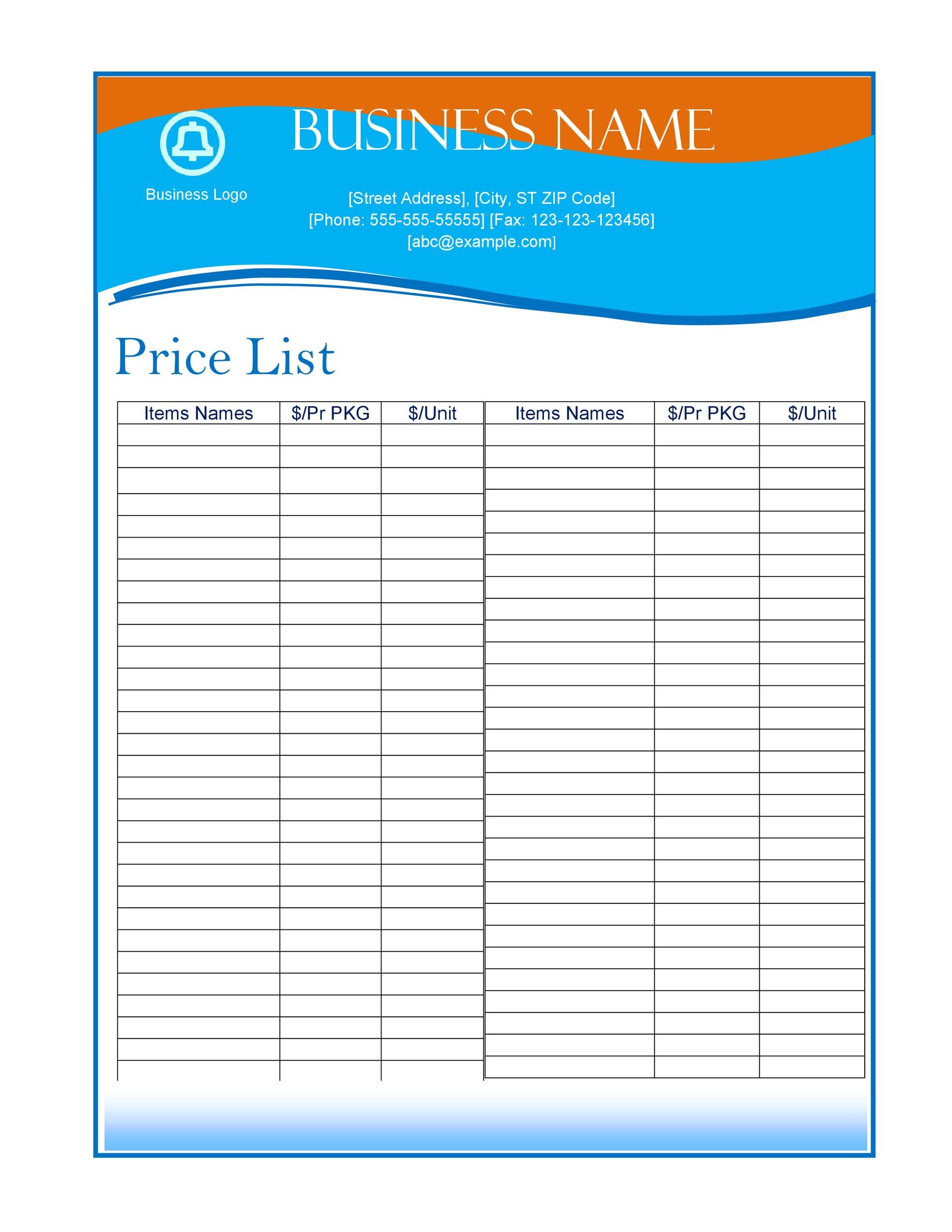
As a business owner, one of the most important aspects of running your business is determining the prices for your products or services. Setting the right prices is crucial for the success and profitability of your business.
In this article, we will discuss everything you need to know about creating a business price list, including why it is important, how to determine the right prices and examples of different pricing strategies. Whether you are a small business owner or a seasoned entrepreneur, this guide will help you navigate the complex world of pricing your products or services.
Why is a Business Price List Important?
A business price list is a comprehensive document that outlines the prices of your products or services. It serves as a reference for both you and your customers, providing transparency and clarity in your pricing structure. Having a well-organized and up-to-date price list is essential for several reasons:
- Transparency: A price list ensures that your customers have access to accurate and consistent pricing information. It builds trust and credibility with your customers, as they know exactly what they can expect to pay for your products or services.
- Efficiency: With a price list, you can easily provide quotes and estimates to potential customers. It saves time and eliminates the need for manual calculations or researching prices for each inquiry.
- Profitability: A well-designed pricing strategy can maximize your profitability. By carefully analyzing your costs, market conditions, and customer demand, you can set prices that not only cover your expenses but also generate a healthy profit margin.
- Competitive Advantage: A clear and competitive pricing structure can differentiate your business from your competitors. If your prices are fair and reasonable, it can attract customers and make them choose your products or services over others in the market.
How to Create a Business Price List
Creating a business price list involves several steps and considerations. Let’s take a closer look at each of them:
1. Determine Your Costs
Before you can set your prices, it is essential to understand your costs. This includes both direct costs (such as materials, labor, and production) and indirect costs (such as rent, utilities, and marketing). Analyze your expenses thoroughly to ensure that your prices cover all your costs and leave room for profit.
2. Research the Market
Researching the market is crucial to understand your competitive landscape and customer expectations. Study your competitors’ pricing strategies and compare your offerings to theirs. Determine whether you want to position your business as a low-cost provider, a premium brand, or somewhere in between.
3. Consider Value-Based Pricing
Value-based pricing is a strategy that focuses on the perceived value of your products or services to customers. It involves pricing based on the benefits and outcomes your customers can expect, rather than solely on costs. Consider the unique value proposition of your business and how it can justify higher prices.
4. Evaluate Customer Demand
Understanding customer demand is crucial in setting the right prices. Conduct market research, analyze customer behavior, and gather feedback to determine how much customers are willing to pay for your products or services. Consider offering different price points or packages to cater to different customer segments.
5. Set Profit Margins
Setting profit margins is a balancing act between maximizing profitability and staying competitive. Determine the profit margin you want to achieve and calculate it based on your costs and expected sales volume. Be cautious not to set your prices too low, as it may lead to unsustainable profit margins.
6. Regularly Review and Adjust
Pricing is not a one-time activity. It requires continuous monitoring and adjustment based on market conditions, customer feedback, and changes in costs. Regularly review your prices and make necessary adjustments to ensure they remain competitive and profitable.
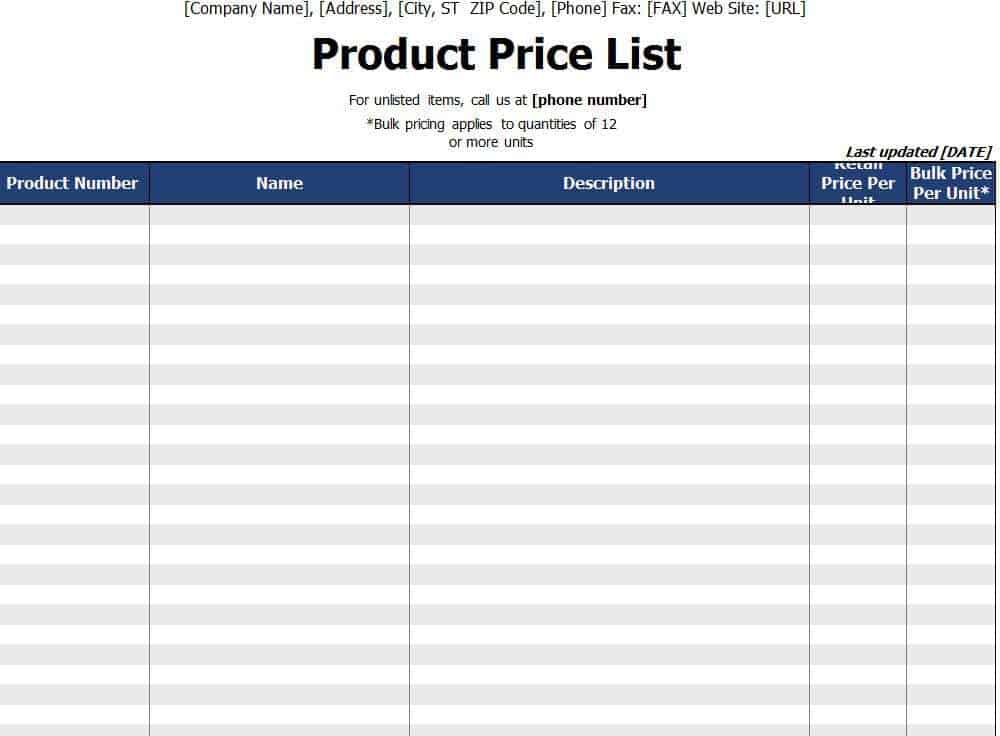
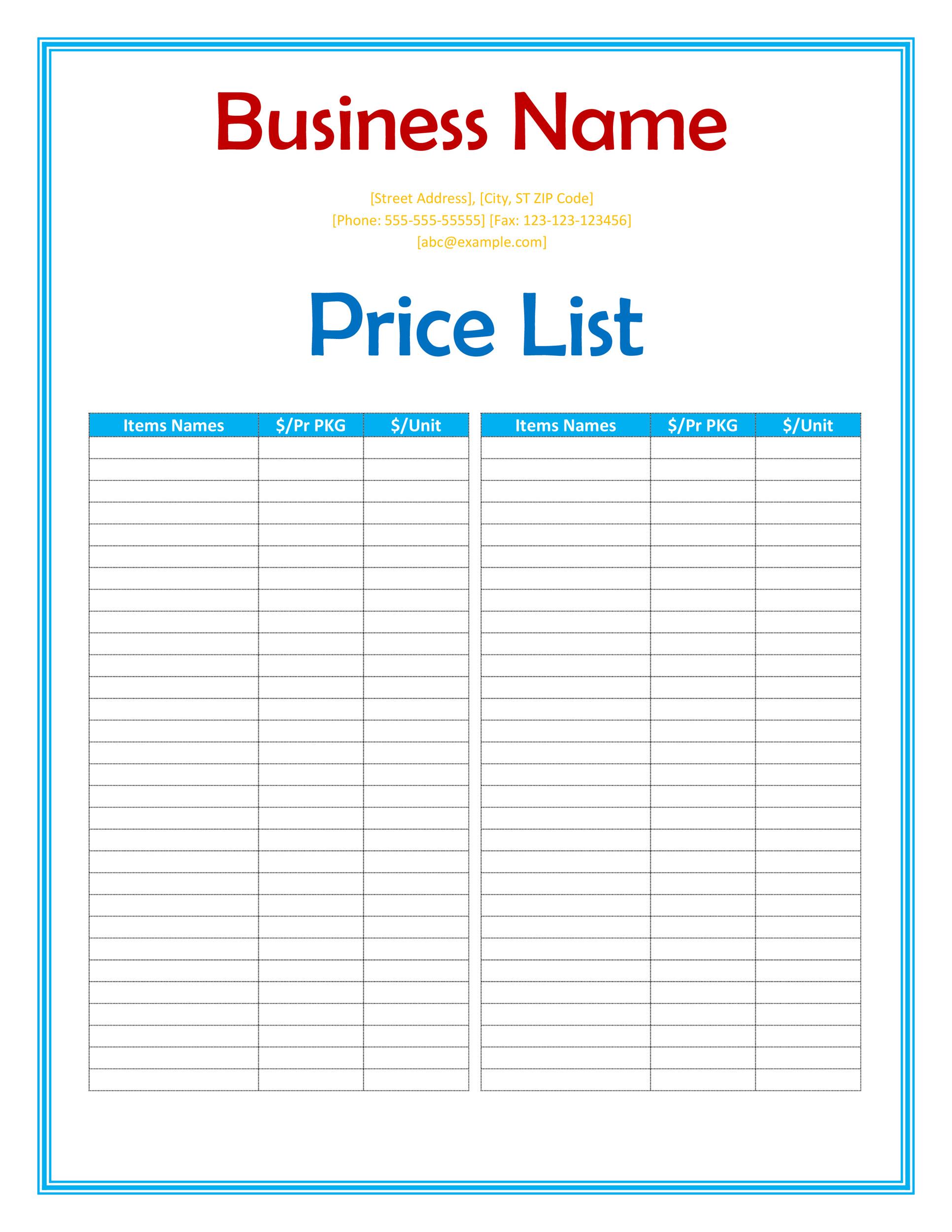
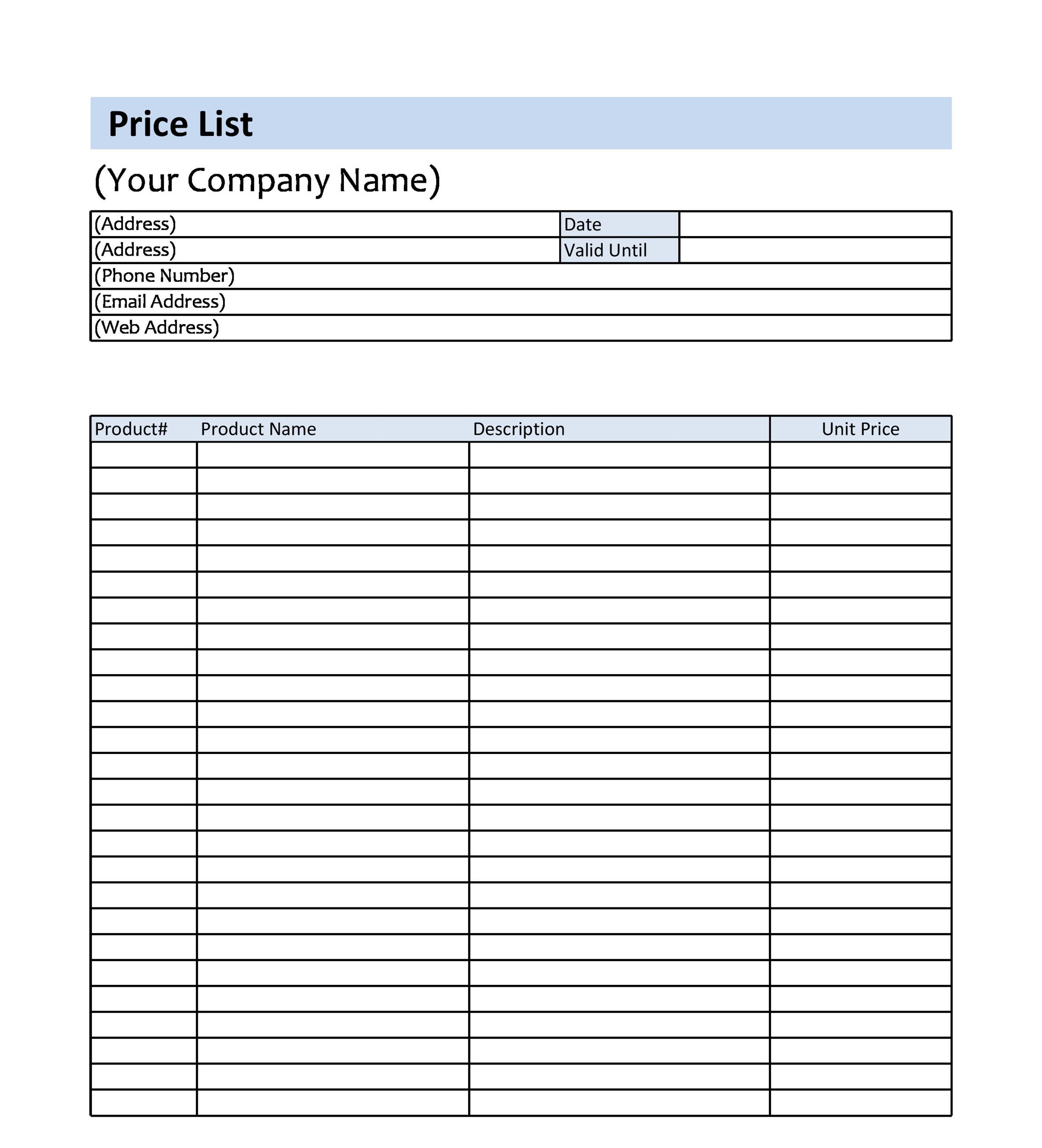
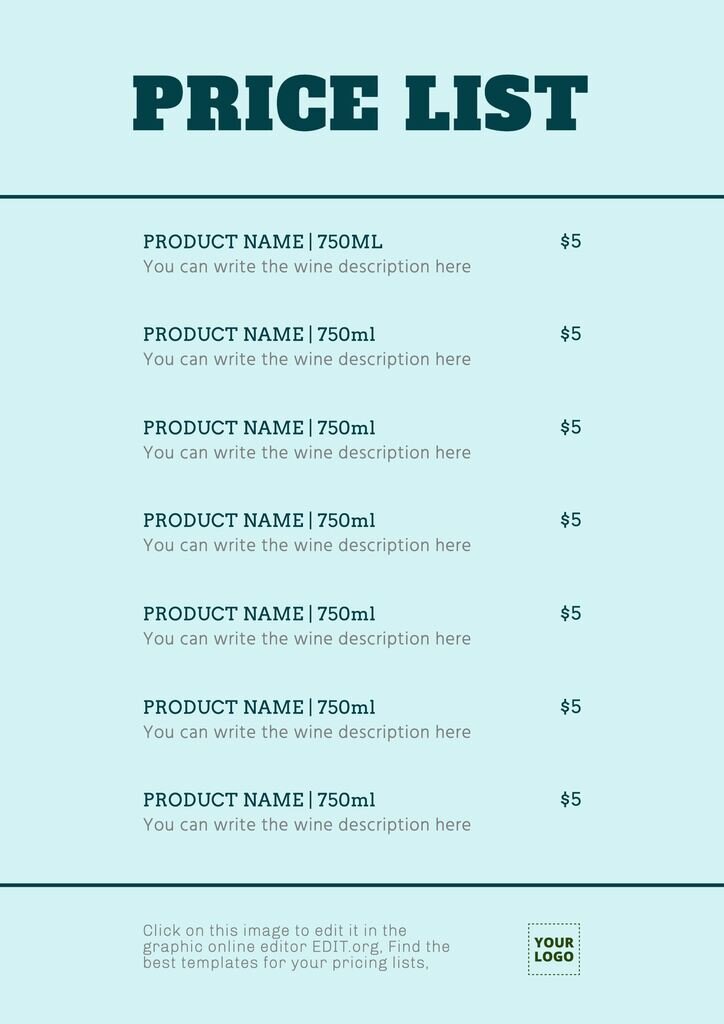
Examples of Pricing Strategies
There are various pricing strategies you can consider for your business. Here are some examples:
1. Cost-Plus Pricing
Cost-plus pricing involves calculating your prices by adding a predetermined profit margin to your costs. This strategy ensures that your prices cover all your expenses and provide a desired level of profit.
2. Penetration Pricing
Penetration pricing is a strategy where you initially set low prices to quickly gain market share and attract new customers. Once you have established a customer base, you can gradually increase your prices.
3. Premium Pricing
Premium pricing involves setting higher prices to position your products or services as exclusive or of higher quality. This strategy relies on creating a perception of value and targeting customers who are willing to pay more for superior offerings.
4. Bundle Pricing
Bundle pricing combines multiple products or services into a package and offers them at a discounted price compared to purchasing them individually. This strategy can encourage customers to buy more and increase their overall spending.
5. Dynamic Pricing
Dynamic pricing is a strategy where prices fluctuate based on factors such as demand, time of day, or customer segment. It allows businesses to optimize prices in real time and maximize revenue based on market conditions.
6. Freemium Pricing
Freemium pricing offers a basic version of a product or service for free, with the option to upgrade to a paid version for additional features or functionality. This strategy allows businesses to attract a larger customer base and monetize through premium offerings.
Final Words
Creating a business price list is a critical task for any business owner. It not only provides transparency and clarity to your customers but also ensures that your pricing strategy is aligned with your business goals. By carefully considering your costs, researching the market, and evaluating customer demand, you can set prices that are both competitive and profitable. Remember to regularly review and adjust your prices to stay ahead in a dynamic business environment. With a well-designed price list and effective pricing strategies, you can maximize your business’s success and profitability.
Business Price List Template Excel – Download